
Seminars
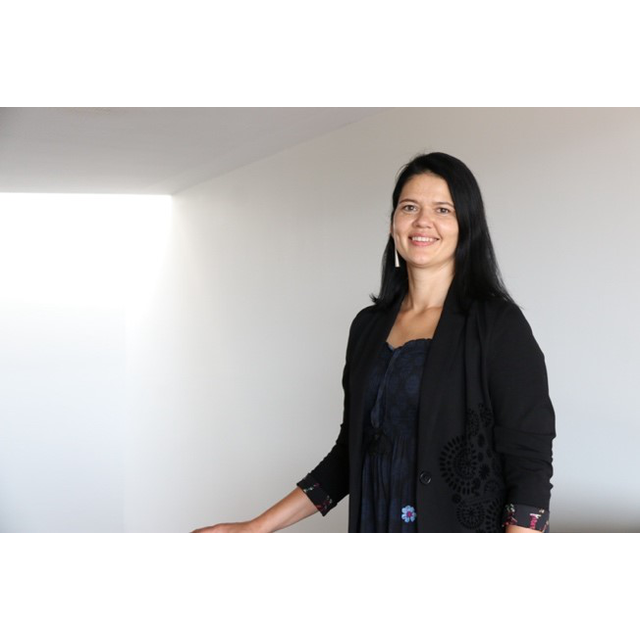
LiNbO3 Films for Acoustic Filters and Vibrational Energy Harvesting
C2N, Amphitheatre,Seminars
The next generations of Radio-Frequency (RF) wide-band filters or frequency-agile filters are urgently needed for the development of 5G infrastructures/networks/communications. Today, LiNbO3 and LiTaO3 single crystals are key materials in electro-optics and RF acoustic filters. This motivates further development of acoustic wave devices based on high electromechanical coupling LiNbO3 thin films, adapted to the above-mentioned RF applications. The challenges and the achievements in the growth of LiNbO3 films and their integration with Si technology to develop disruptive acoustic devices will be discussed in detail. The deposition techniques enabling the control of film composition/ non-stoichiometry of volatile alkali metal oxides and the methods of compositional analysis will be presented. A particular effort was done to achieve the epitaxial growth of films with controlled single orientation and nearly stoichiometric Li2O composition as well as to texture these films with highly-electromechanically-coupled orientations on silicon-based heterostructures [1]. We have demonstrated acoustical performances compatible with filter applications for SAW and BAW devices, based on grown LiNbO3 films, operating at frequencies of 5-7 GHz [2]. Future prospects of potential applications and the expected performances of thin film acoustic devices are presented and discussed as well.
Lead-free LiNbO3 (LN) has been little studied for the piezoelectric energy harvesting applications. Although it is a cheap piezoelectric material without lead and toxic elements, it beneficiates of technological maturity in single crystal fabrication for optical and acoustic applications. In this work LN is considered as a potential substitute to lead-based piezoelectric materials for vibrational energy harvesting applications. We present a viable technology to implement a thick single-crystal films on silicon or metal substrates with optimized clamped capacitance for impedance matching conditions. The generated power density by our device, based on thick Y128°-LN films on Si substrates fabricated by bonding/polishing technique, was 965 W/cm2/g2 (at excitation of 105 Hz and acceleration of 0.1 g), which is among the highest reported values compared to both Pb- and Pb-free vibrational harvesting devices [3]. LN thick layers offer a low-cost solution of lead-free materials (LN crystals are available at the industrial level at a price of 25 $ / wafer 6 '') for micro-energy harvesting and micro-actuators. The harvesting capabilities of the device allowed starting a sensor node and sending data under continuous resonant excitation [4].
[1] A. Bartasyte, S. Margueron, T. Baron, S. Oliveri, P. Boulet, Adv. Mater. Interfaces 1600998, (2017).
[2]. A. Almirall, S. Oliveri, W. Daniau, S. Margueron, T. Baron, P. Boulet, S. Ballandras, S. Chamaly, A. Bartasyte, Appl. Phys. Lett. 114, 162905 (2019).
[3] G. Clementi, M. Ouhabaz, S. Margueron, M.A. Suarez, F. Bassignot, L. Gauthier- Manuel, D. Belharet, B. Dulmet, A. Bartasyte, Appl. Phys. Lett., 119(1), 013904 (2021).
[4] N. Panayanthatta, G. Clementi, M. Ouhabaz, M. Costanza, S. Margueron, A. Bartasyte, S. Basrour, E. Bano, L. Montes, C. Dehollain, R. La Rosa, Sensors, 21, 7503, (2021).
Dr. A. Bartasyte is a full professor at FEMTO-ST Institute / University of Franche-Comté (UFC) since 2019 and a Junior Chair for Innovation at Institut Universitaire de France (IUF) since 2022. She was an associate professor (MCF) at IJL / University of Lorraine and chair of excellence of Labex ACTION at FEMTO-ST/UFC. She did PhD at LMGP/Grenoble INP (2008, award of the best PhD thesis), postdoctoral research at Oxford University on LN-LT solution single crystal growth/treatment, sabbatical leave to Harvard University on the films for photonic applications. She has an experience of 20 years in deposition of epitaxial multifunctional oxides and their heterostructures (superconductors, mixed conductors, high-k dielectrics and ferroelectrics) by means of liquid injection MOCVD and RF sputtering. Now, her research is focused on advanced engineering of LiNb(Ta)O3 thin films/single crystals for acoustic, energy harvesting, and optical applications. She presented 27 invited presentations & 10 invited seminars and is a co-author of over 70 scientific articles and 7 patents. She is a coordinator of several French national projects, H2020 ITN- ENHANCE and several industrial and maturation projects (TDK-EPCOS, Annealsys, WIKA). At present, she supervises 5 PhD students (10 supervised PhD thesis defended). She is a deputy director (president of scientific committee) of FEMTO-ST institute, vice president French national project selection committee, a member of committee of national network CMDO+, International Ultrasonics Symposium & conference MCARE, international advisory board of CIMTEC, etc.
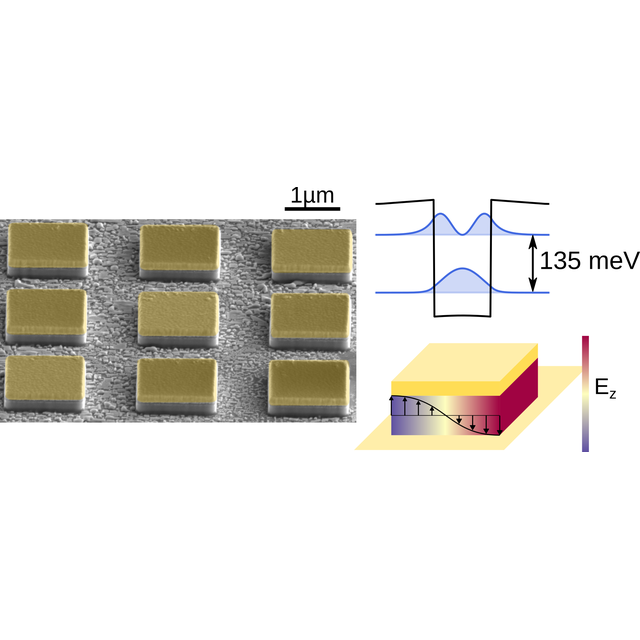
Non-linearities and strong light-matter interaction for mid-infrared optoelectronics
C2N, amphitheatre, PalaiseauSeminars
Controlling light-matter interaction is a key aspect of modern research in physics. Nanostructures in particular can confine and guide light to enhance its interaction with electronic transitions.
In this talk, I will show how hybrid metal-semiconductor nanostructures can be used to control and enhance light-matter interaction in a wide range of regimes and photon energy ranges. I will first present some of my previous work using plasmonic nanoantenna to enhance the luminescence from quantum dots embedded inside semiconductor nanowires.
I will then focus on more recent results light-matter interaction with intersubband (ISB) transitions embedded inside optical microcavities. ISB transition are key ingredients in mid-IR and THz optoelectronics, that enabled the emergence of semiconductor lasers and detectors in thes frequency ranges. By carefully tuning the electronic doping in the quantum wells and designing the volume of the cavity mode, the coupling strength can be engineered to overcome the dissipation rates in the system, entering the so-called strong light-matter coupling regime. In this regime, the cavity mode and the transition hybridize into new eigenstates called ISB polaritons.
Interesting phenomena start to appear when this polaritonic system is driven into non-linear behavior. I will show recent results obtained in the team exploiting absorption saturation of ISB polaritons, and detail perspectives to use this as a resource for new optical devices in the mid-IR.
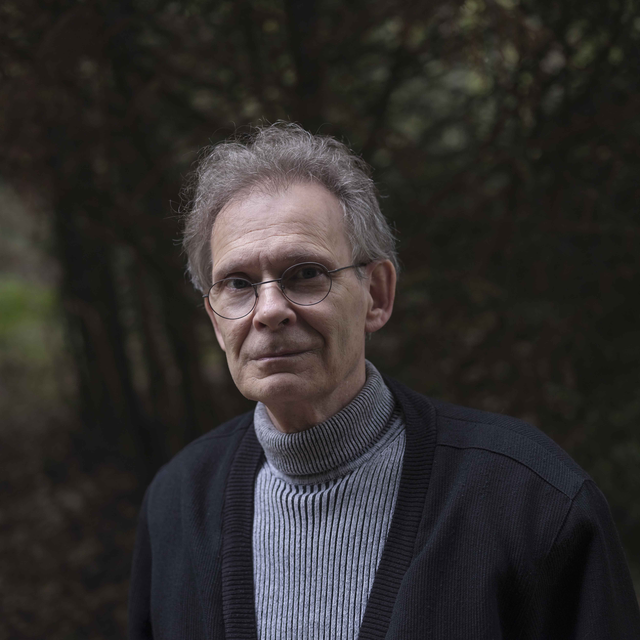
Harnessing magnetic forces for microfluidic applications : some examples
C2N, Amphithéatre, PalaiseauSeminars
Keywords : Lab-on-chips, bioanalytical methods, microfluidics, translational medicine
Microfluidics-based microdevices are now steadily making their way as a major tool in biomedical research. They yielded particularly impressive applications in massively parallel technologies, such as digital sequencing, or as a key (and often unrecognized) component of next generation sequencing machines.
The penetration of microfluidics in the field of diagnosis is also proposing great promises, but it raises new challenges, notably the need to purify and extract analytes from complex matrices.
In this talk, we shall discuss the challenges raised by this need, and propose some solutions and applications, based on the use of magnetic particles as a common denominator.
The first technology, named EPHESIA, is dedicated to the sorting and multimodal typing of rare cells. It consists in self-assembling in a high throughput microfluidic device, an array of antibody-bearing magnetic particles. We shall then describe a new approach allowing to downscale the fluidized bed principle, as an alternative to affinity chromatography in miniaturized format.
We shall finally show how magnetic particles can also improve the power of droplet microfluidics, and drive this technology out of its current mainstream families of applications, allowing in particular complex and programmable analytical processes.
Acknowledgements : this work was supported in part by French PIA project IPGG (ANR-10-EQPX-34), European projects ERCadg Cello (FP7-IDEAS-ERC-321107), ERC-POC COMMiT, and HoliFAB (H2020-NMBP-PILOTS-2017- 760927), and ANR PRCE DROMOS.
About the speaker : Jean-Louis. Viovy is Research Director Emeritus in UMR 168, (PhysicoChimie Curie), with multiple affiliations to Institut Curie, CNRS, PSL university and IPGG (Institut Pierre Gilles de Gennes for Microfluidics). He has been cofounder, with J. Prost and L. Leibler, of laboratory of theoretical chemical physics at ESPCI, and founded within the Institut Curie in 1996 the MMBM team (Macromolecules and Microsystems in Biology and Medicine) comprising about 25 researchers. In 2011, he co-founded IPGG with P. Tabeling. He was awarded the Bronze Medal of the CNRS (1983), the Polymer Prize of the French Chemical Society (1996), the Philip Morris Scientific Prize in 1996, two OSEO Entrepreneurship Awards in 2004 and 2005, and the Lifetime Achievement Award of American Electrophoresis Society in 2016. He is author or co-author of more than 300 articles and 30 patents. He was granted in 2013 an ERCadg funding on the topic of development of artificial organs. He was co-founder of the Chemical and Biological Microsystems Society, which organizes every year the MicroTAS conference. The beginning of his career was in polymer physics, and he switched in the 90’s to biophysics, analytical sciences and microfluidics. He was co-founder of two startups, Fluigent and Inorevia. His current interests are mainly in methodological development in microfluidics, involving in particular the development of tools based on magnetism, organs-on-chips and textile microfluidics.
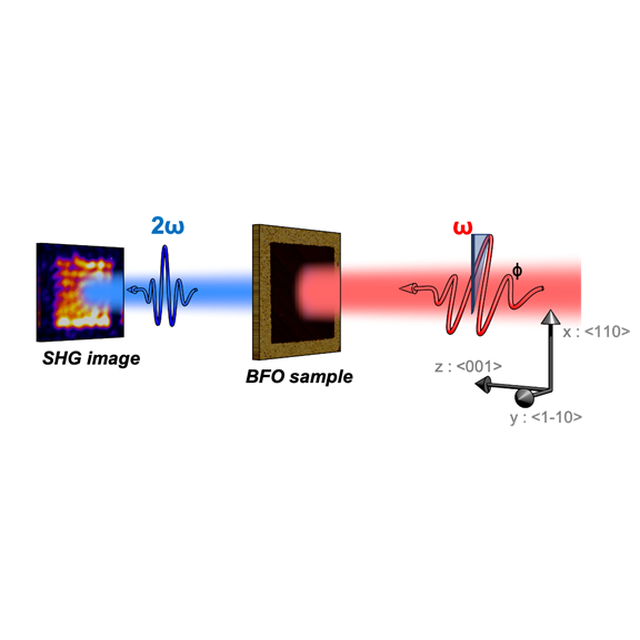
Observation and manipulation of antiferromagnetic distributions in magneto-electric multiferroics
C2N - Centre de Nanosciences et de Nanotechnologies, , PalaiseauSeminars
Antiferromagnets (AF) are currently in the limelight thanks to recent breakthroughs demonstrating the efficient effect of spin currents in interacting with the AF order parameter. So far, due to the lack of net magnetization, controlling AF distributions has been rather challenging. Current-induced AF control also opens new perspectives in Terahertz magnetization dynamics. On the materials side, antiferromagnets represent most magnetic materials and some of them show several simultaneous coupled ordered phases. They are commonly called ‘multiferroics’. Multiferroic materials are the focus of an intense research effort due to the significant technological interest of multifunctional materials as well as the rich fundamental physics lying in the coupling of various order parameters. Among all multiferroics, BiFeO3 is a material of choice because its two ordering temperatures (ferroelectric FE and AF) are well above room temperature, in addition of showing one of the largest magnetoelectric coupling. One difficulty in handling multiferroics lies in the challenging assessment of their coupled FE/AF textures. Second harmonic generation (SHG) has proven to be a powerful and elegant way to image complex multiferroic textures and to disentangle the different contributions at play and in particular to image the silent AF order. In this presentation, after discussing the SHG imaging of AF domains distributions in BiFeO3 epitaxial thin films, their ultrafast dynamics will be addressed.
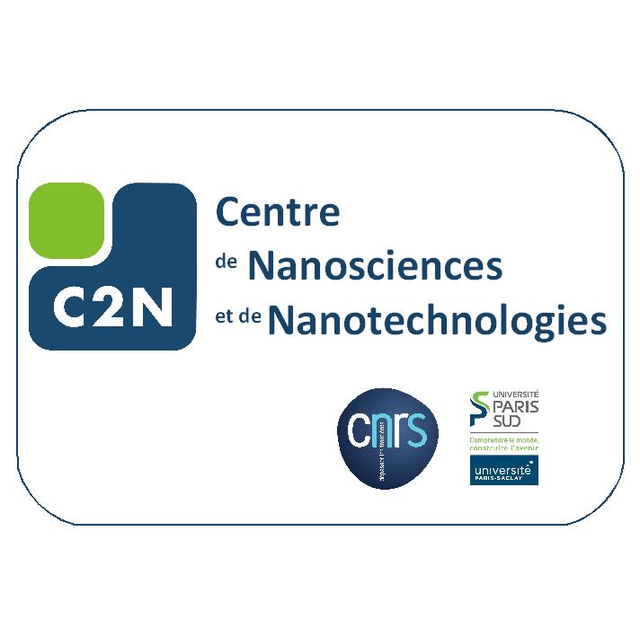
Zinc oxide based quantum heterostructures: a novel platform for optoelectronic devices from UV to THz?
Centre de Nanosciences et de Nanotechnologies, Amphithéâtre, PalaiseauSeminars
As a wide band gap semiconductor, ZnO have attracted much attention due to the opportunity of combining band gap engineering, with large excitonic binding energies in the UV-visible range. While many wonderful fundamental results (LED, polariton lasers, etc) have been obtained with this material platform thanks a huge improvement of the growth methods, the development has always been limited in terms of applications by a lack of reliable p-type doping.
In this presentation I will address new opportunities of this material platform in a radically different range which does not require p-type doping: from IR to THz.
In the infrared range, Quantum Cascade Lasers are very efficient and already commercialized. Now lots of effort are made to shift to THz due to the numerous potential applications linked to this wavelength domain. But the operation temperature is still limited in the THz range due to an intrinsic limitation of the material systems used (III-V compounds). In this presentation we will show that wurtzite oxides could be good candidates for this application.
After a deep optimization of the designs and the growth processes (1), quantum cascade detectors and emitters have been processed and characterized in the Mid-IR (2) and the THz range (3) demonstrating the huge potential of oxides to address the issue of efficient emitters in the THz range at room temperature. In addition, I will also present new opportunities of these heterostructures in more fundamental fields such as hyperbolic metamaterials (4) and multisubband plasmons (5).
1 N. Le Biavan, et al., Applied Physics Letters 111 (2017).
2 A. Jollivet, et al., Applied Physics Letters 113 (2018).
3 B. Meng, et al., ACS Photonics 8, 343 (2021).
4 A. Hierro, et al., Physical Review Letters 123, 117401 (2019).
5 M. M. Bajo, et al., Physical Review Applied 10 (2018).